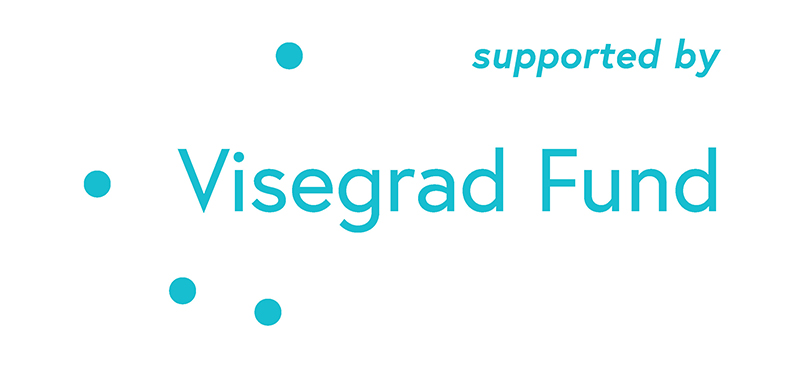


The Covid-19 pandemic has had a significant impact on the economic situation in the world, including Georgia. The increase in the poverty rate, reductions in tourism and international remittances, the pressure of various factors on the national currency – all of these have been noteworthy trends that have significantly affected the revenues of the population of Georgia [1]. According to the World Bank's latest poverty forecast, the economic shock caused by the pandemic has impoverished 350,000 people in Georgia and forced more than 800,000 people to experience downward mobility and thus move to a lower-income group [2].
Targeted social assistance to target poverty is provided in Georgia, a subsistence allowance that is paid in cash. Its aim is to improve the socio-economic situation of socially vulnerable families identified through the corresponding assessment system, reduce poverty, and/or prevent it. It should be noted that active advocacy of social programs by the government during the election period and subsequently increased spending on social assistance is considered an important method of influencing the electorate.
During the global pandemic, on October 2, 2021, local self-government elections will be held in Georgia. In light of the crisis, opportunities to influence citizens affected by the pandemic and the socially vulnerable are increasing. Also interesting is the fact that, in many cases, the state uses various tools to influence the voters in the pre-election period, one of them being targeted social assistance.
This article reviews the possible link between the pre-election period and the increase in social assistance. In particular, the study is based on the data from the Social Services Agency, which combines statistics for 2019-August 2021.
Main Findings
1. Between 2019 and August 2021, the state spent a total of GEL 925.3 million on living allowance for the socially vulnerable, of which GEL 605.7 million was issued during the pandemic.
2. The number of recipients of subsistence allowance in Georgia after the start of the Covid-19 pandemic increased by 44.12%, and as of August 2021, the number of beneficiaries was at 622,923.
3. The Autonomous Republic of Adjara suffered the most in Georgia. Since the beginning of the pandemic, the share of socially vulnerable people in the region has increased by 59% and amounted to 20.3% of the population.
4. In the Racha-Lechkhumi region, more than 45% of the population lives on the subsistence allowance, which is almost 2.5 times higher than the national average.
5. By the second round of the 2018 presidential election, the number of beneficiaries of targeted social benefits increased by about 16,000 compared to the first round.
6. Before the 2019 by-elections, the number of people receiving social assistance increased by 25 thousand people compared to the beginning of the year, while after the elections, the number of beneficiaries decreased significantly.
7. For the 2020 parliamentary elections, the number of people receiving social assistance has increased by about 100 thousand people compared to the previous year.
8. In the run-up to the 2021 local elections, in June alone, the number of people receiving social assistance increased by about 70,000, as contrasted to the 112,000 increase in the previous elections.
______
[1]Legal Aid Service, registration in the unified database of socially vulnerable families:https://bit.ly/3iTcqJe
[2]Georgian National Statistics Office: https://bit.ly/30kha4j
/public/upload/A-Photos/ENG-statistics pdf.pdf

The study was prepared in frames of the project – Empowered Civil Society and Enhanced Beneficial Ownership Transparency Standards for Good Governance – funded by the Governments of Czechia, Hungary, Poland and Slovakia through Visegrad Grants from International Visegrad Fund. The mission of the fund is to advance ideas for sustainable regional cooperation in Central Europe.
The responsibility of the content of the article lies with the Institute for Development of Freedom of Information (IDFI). It does not necessarily reflect the opinions of International Visegrad Fund.